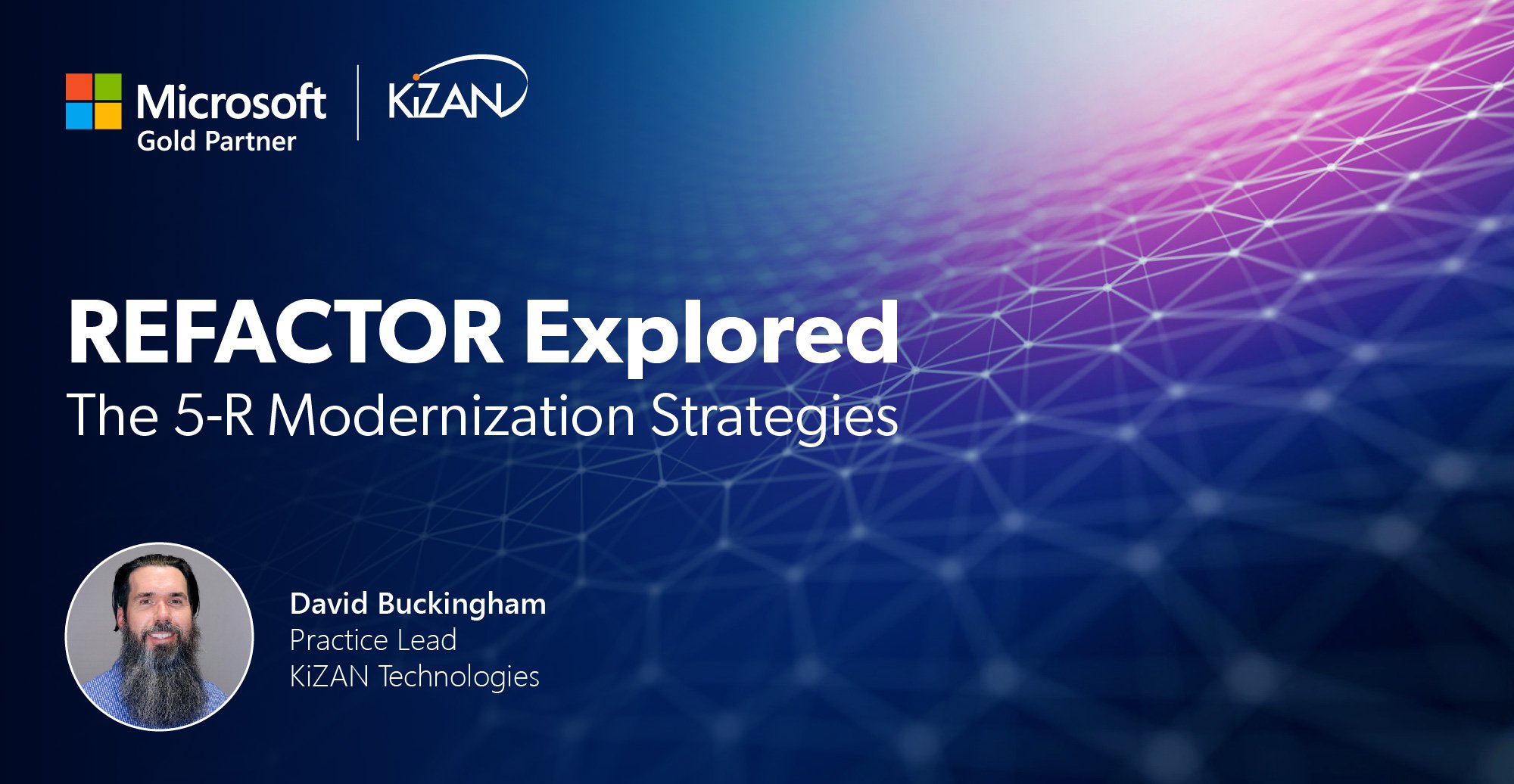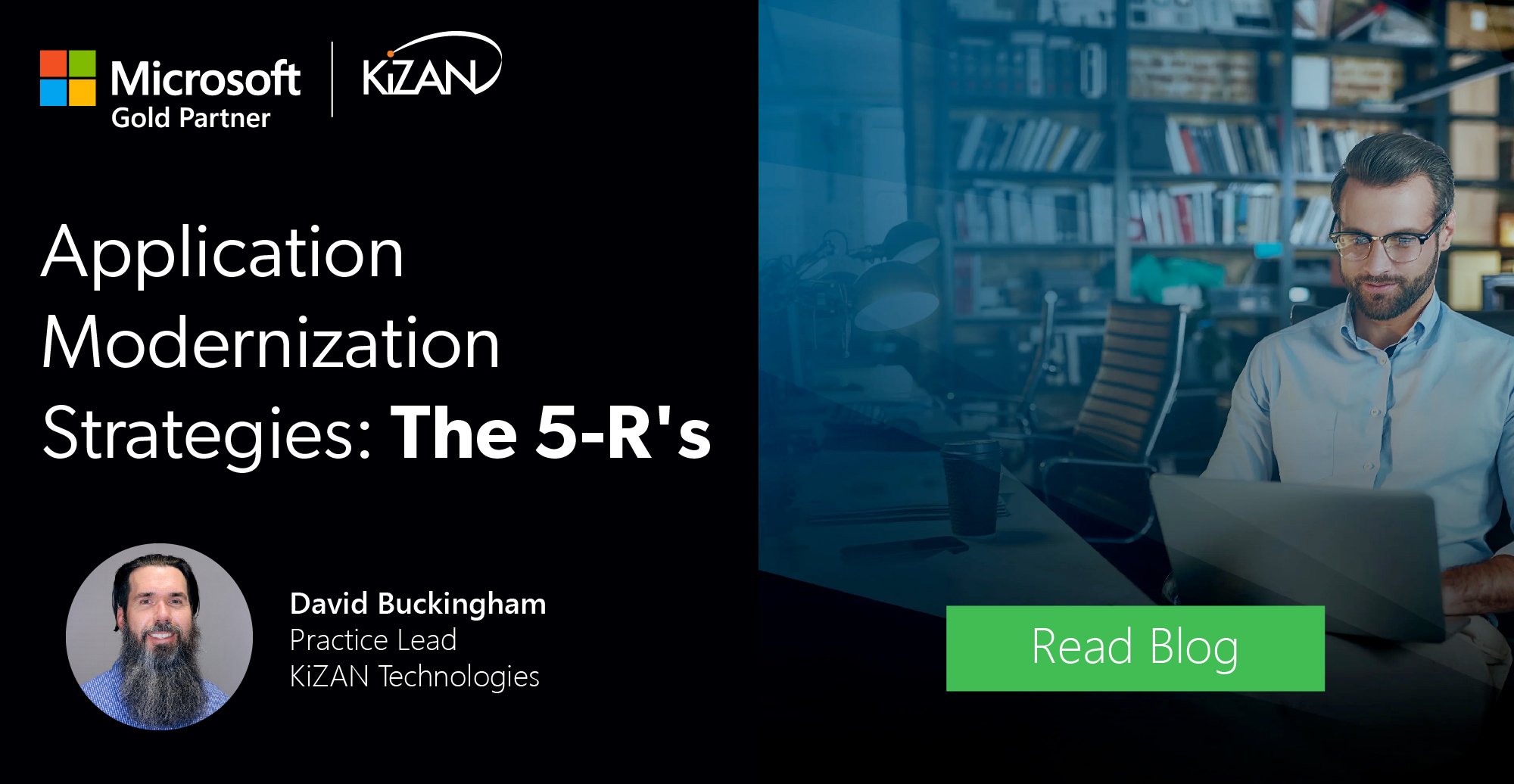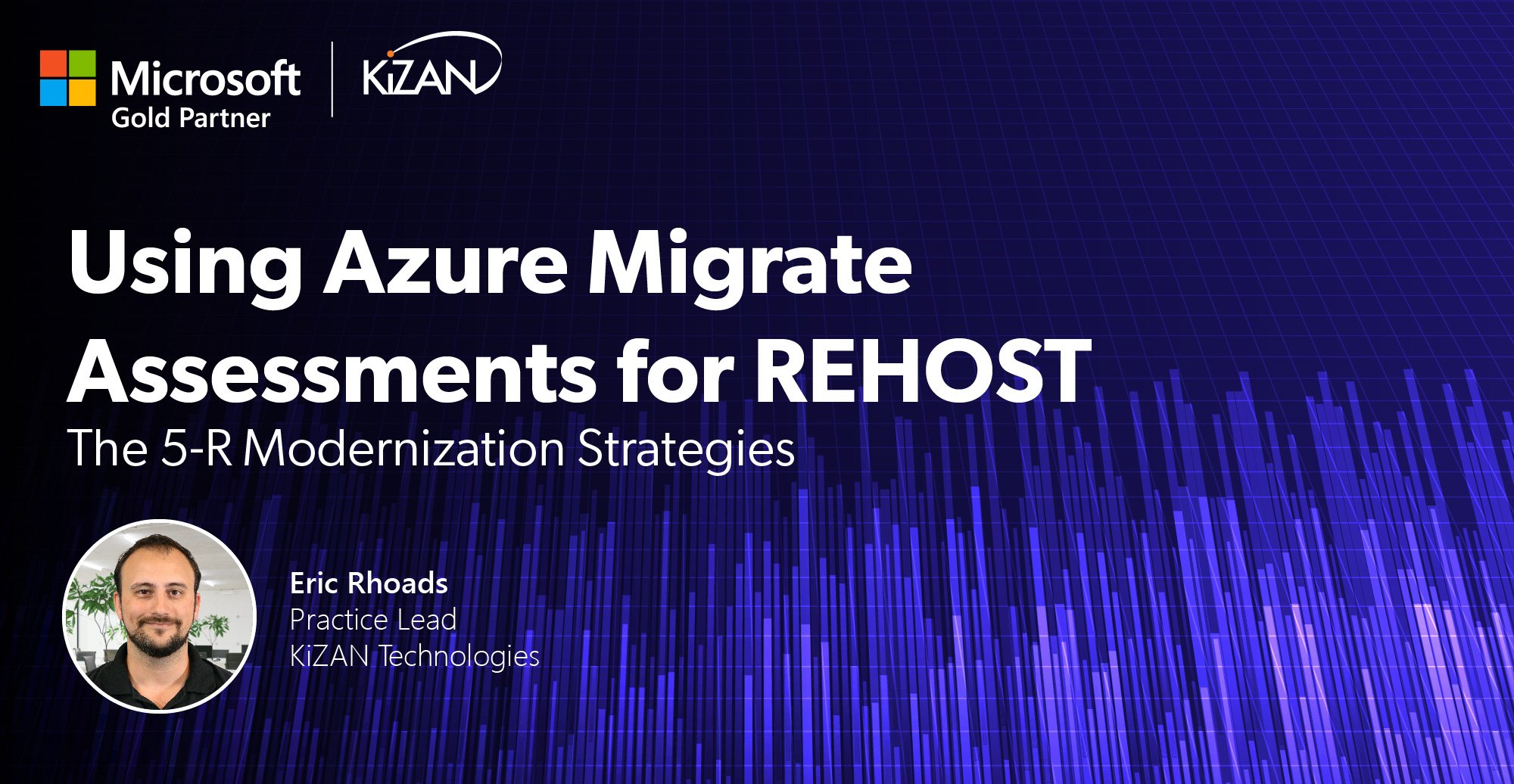
In today's fast-paced business landscape, staying ahead of the competition requires efficient and effective solutions. According to Microsoft’s Work Trend Index, nearly 70% of employee report that they don’t have sufficient time in the day to focus on “work”, with more time being spent Communicating than Creating.
Microsoft 365 Copilot is designed, with Microsoft’s cloud trust platform at its core, to allow for employees to both be more productive, reduce the time spent searching for information, performing mundane tasks, and other low-value activities.
In this post, we will discuss the strategy and benefit of refactoring workloads to Microsoft Azure using a real-world scenario.
Scenario Details
As part of a divestiture, a financial services organization needed to move an application, and all related assets, from the parent company's on-premises infrastructure.
The traditional infrastructure often caused conflicts in securing resources, or making changes, and would result in increased development lead times. The development team wished to increase their efficiency by easily deploying new environments when needed.
The new organization sought to be a cloud-first company and chose Microsoft Azure. Furthermore, the development team wished to leverage Platform-as-a-Service (PaaS) offerings to decrease the day-to-day management of the services necessary to host the solution.
To meet these goals, KiZAN chose the REFACTOR strategy from the 5 R's of application modernization. As a step in the cloud adoption journey, the REFACTOR strategy aims to change the way in which application components are hosted. Rather than leveraging the same infrastructure-based technologies, REFACTOR focuses on selecting PaaS offerings to host those components, reducing the administration overhead.
REFACTOR Explored
Let's explore why the REFACTOR strategy was selected.
If speed-to-the-cloud was a concern, then the REHOST strategy would work best. However, in this scenario, the client sought to transition their practices and had the time to adopt Microsoft Azure in a Platform-as-a-Service capacity.
Leveraging PaaS offerings allowed the team to focus on what mattered most: providing value to their customers and spending less time managing the infrastructure.
Refactoring also provided an opportunity to adopt infrastructure-as-code to decrease the time needed to provision new environments for dev/test purposes and decrease operational issues related to misconfiguration.
A typical cloud journey begins with REHOSTING workloads. This allows an organization to quickly move away from their on-premises datacenters and begin realizing the advantages of operating in the cloud. The next step in the modernization journey requires applications to be assessed app-by-app to determine suitable candidates for REFACTORING.
It's important to note some solutions may require a combination of PaaS services and traditional infrastructure. These solutions can still be candidates for REFACTORING!
The Key to REFACTORING
The key to REFACTORING an application is to first complete a mapping exercise. Inventory the application's components and dependencies (such as web server(s), databases, message brokers, background processes, etc.). Next, map those items to the related services in Microsoft Azure and determine if there are any portability/migration conflicts. For example, is a SQL Server database using non-Azure SQL compliant features? Mitigation may be necessary to ensure that application components are compliant with the selected services.
Once the new components are selected, it's important to take a moment and review the security and high availability needs of the architecture. Determine where public endpoints are necessary, and secure backend-related services. Review operational needs to ensure that proper tools and services are in place to monitor the solution.
REFACTORING an application is also a prime opportunity to revisit CI/CD practices related to the application. To truly leverage the speed and agility that the cloud provides, automation should be employed to properly build and release workloads to the environments.
Application Modernization
Where are you on your Cloud Adoption journey? Are you ready to REFACTOR a workload to take better advantage of what Microsoft Azure can offer?
KiZAN is a Microsoft National Solutions Provider with numerous gold and silver Microsoft competencies, including gold data analytics. Our primary offices are located in Louisville, KY, and Cincinnati, OH, with additional sales offices located in Tennessee, Indiana, Michigan, Pennsylvania, Florida, North Carolina, South Carolina, Georgia and Texas.




